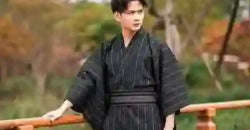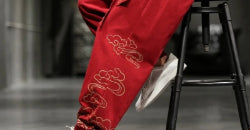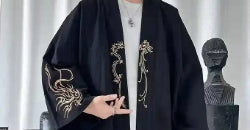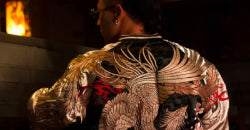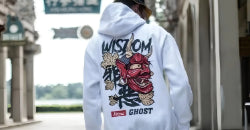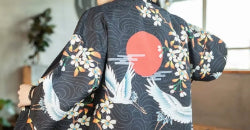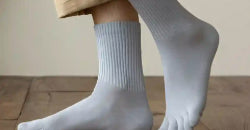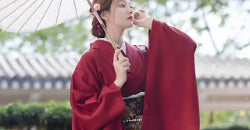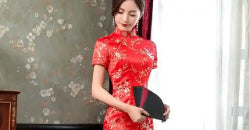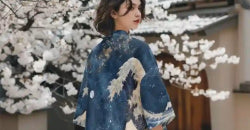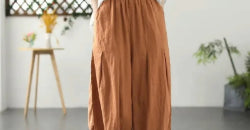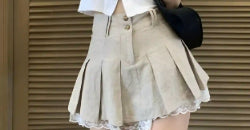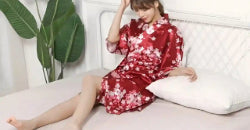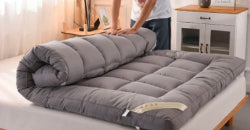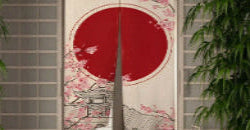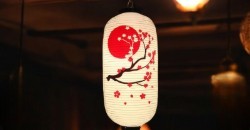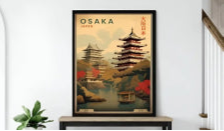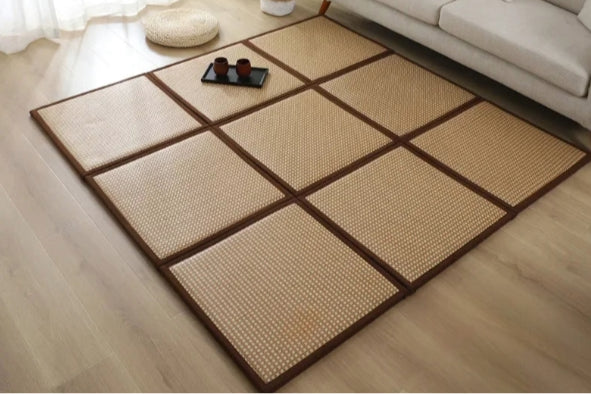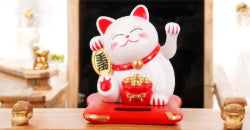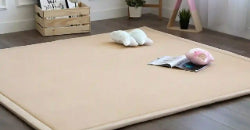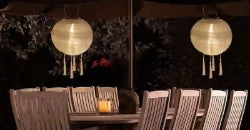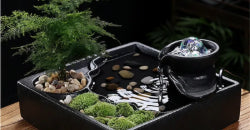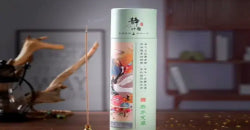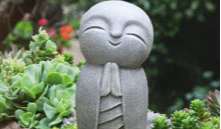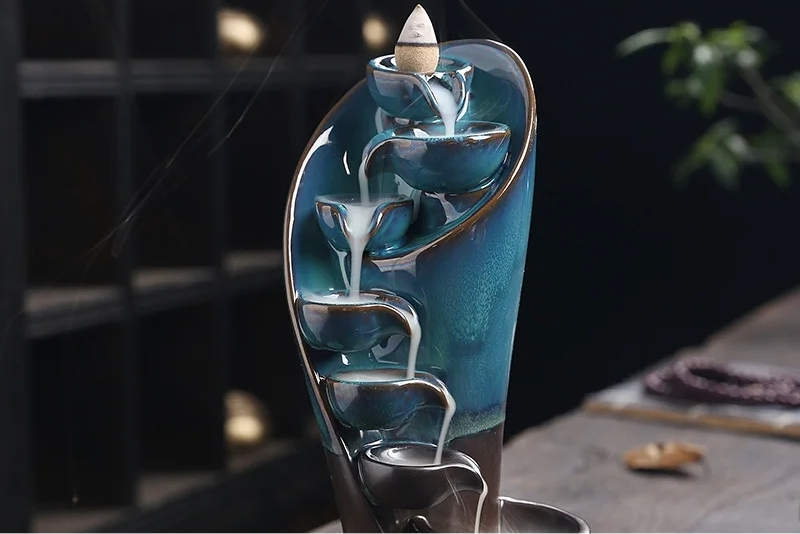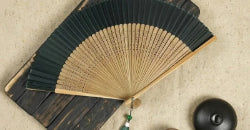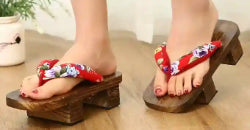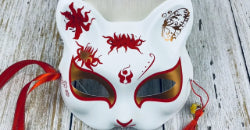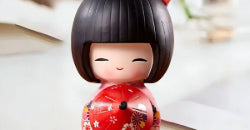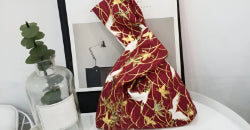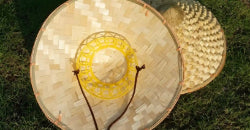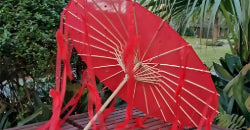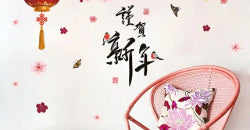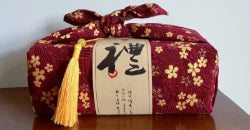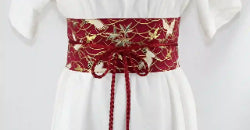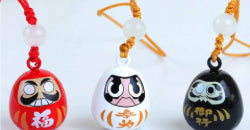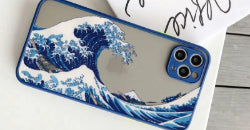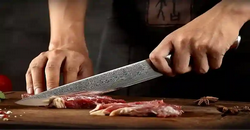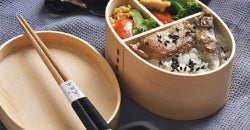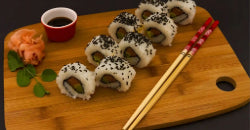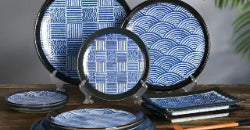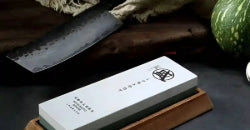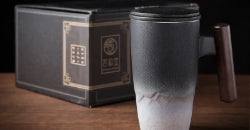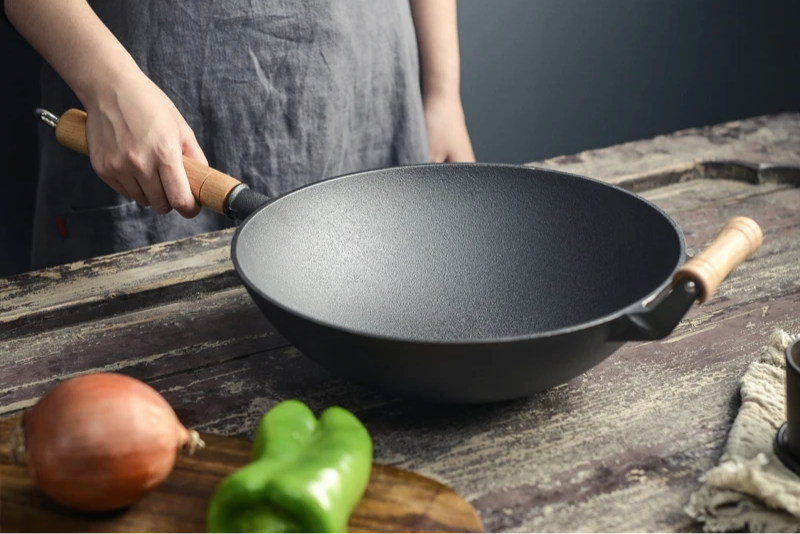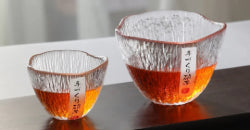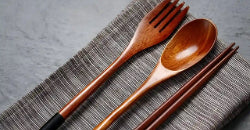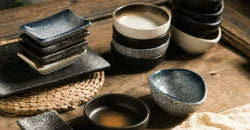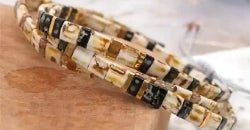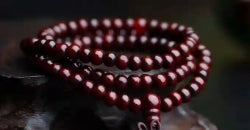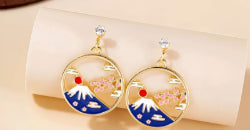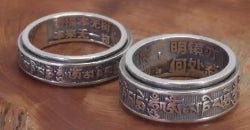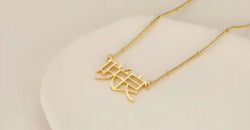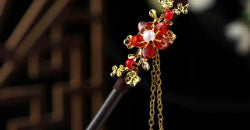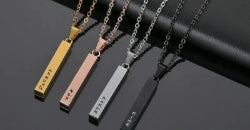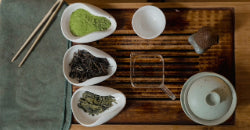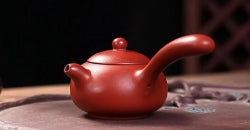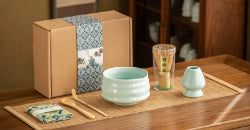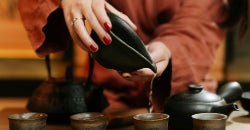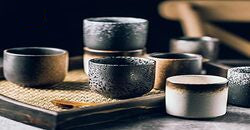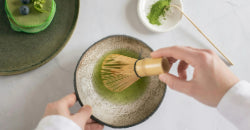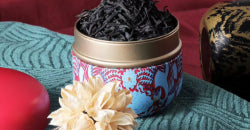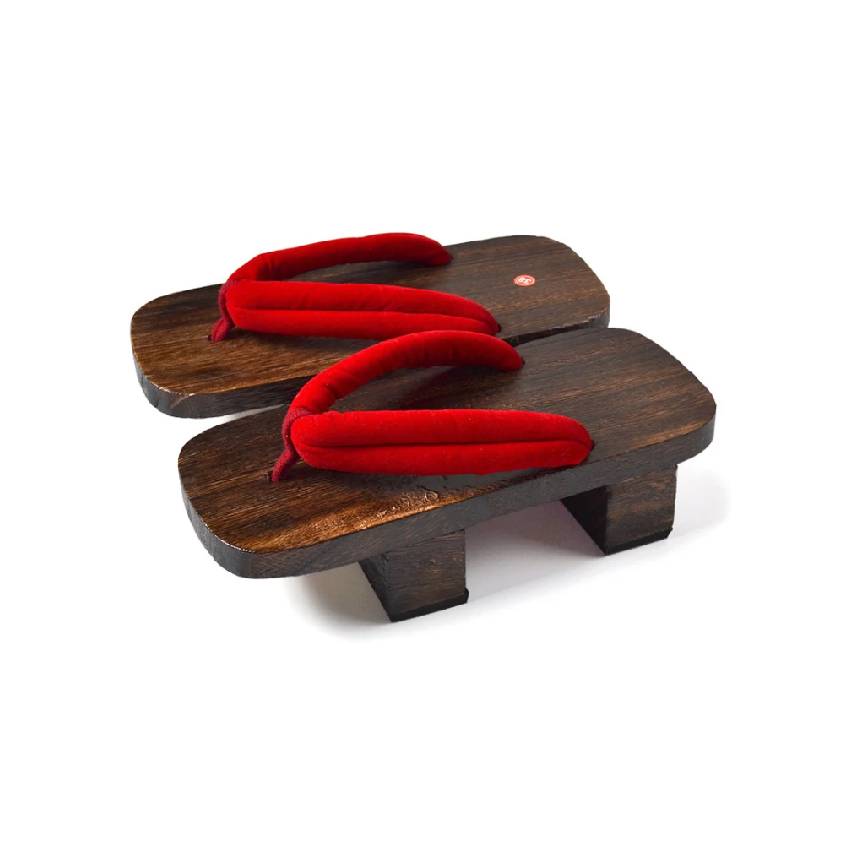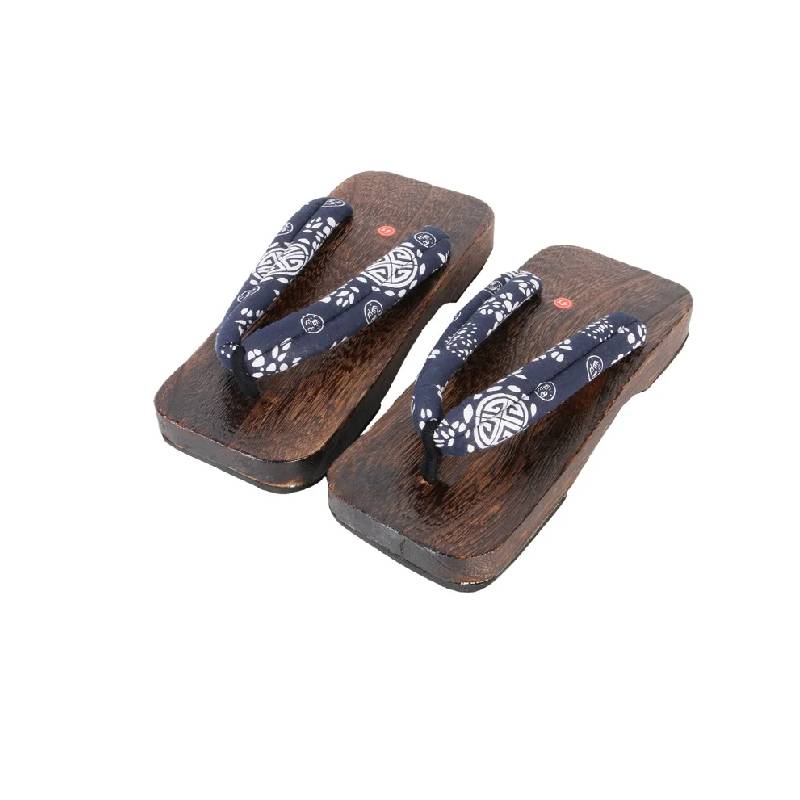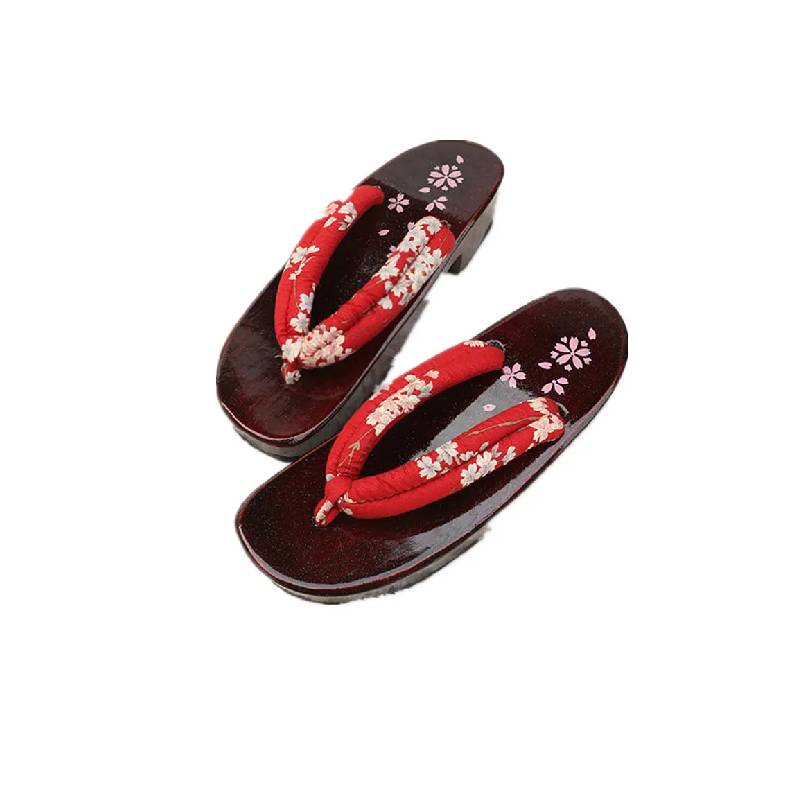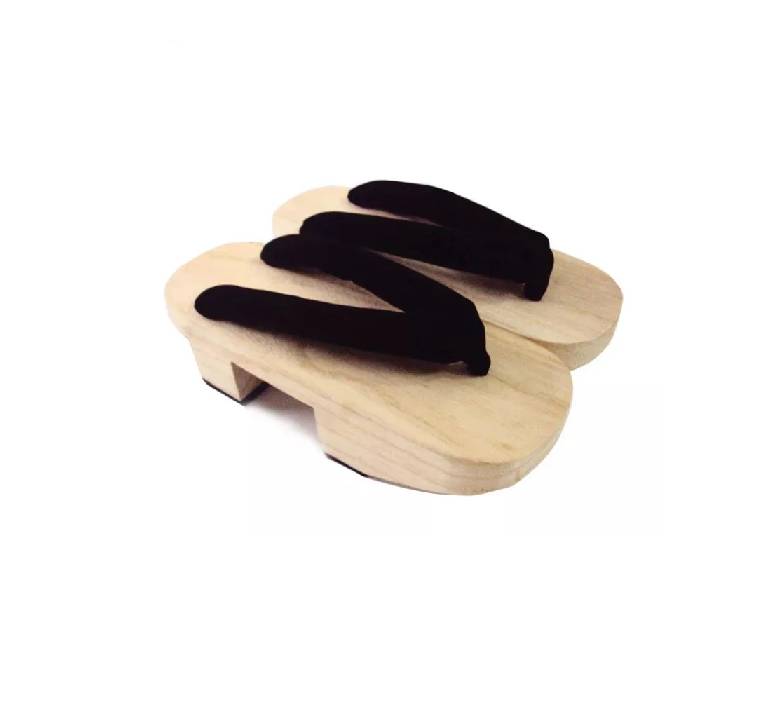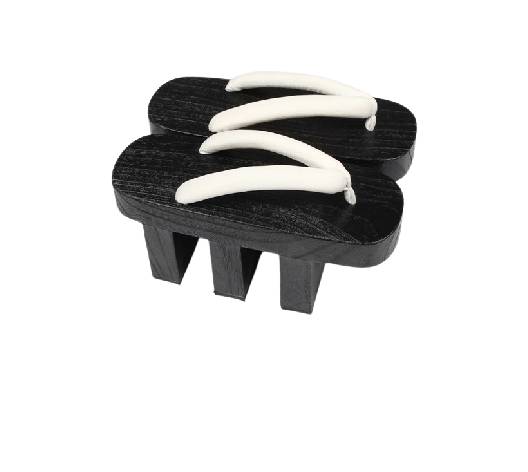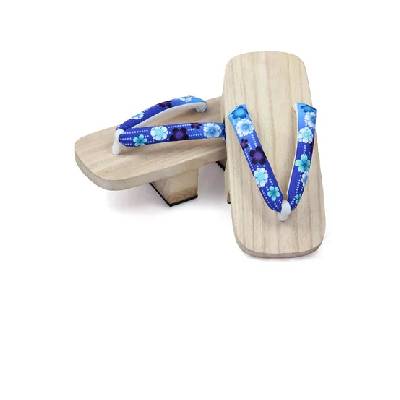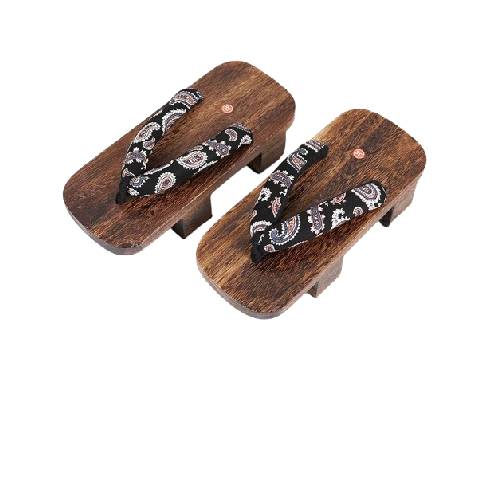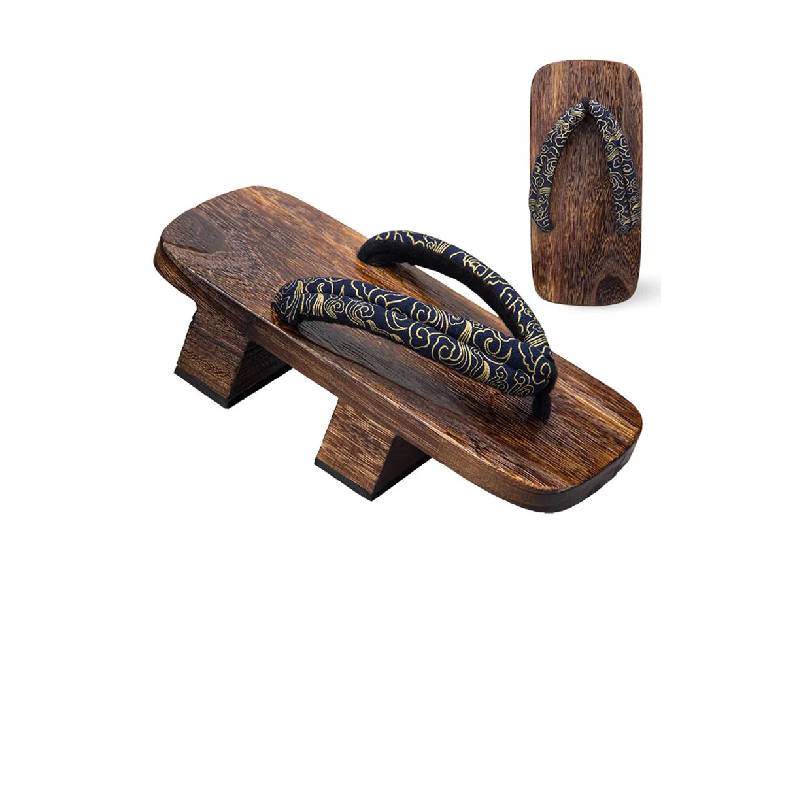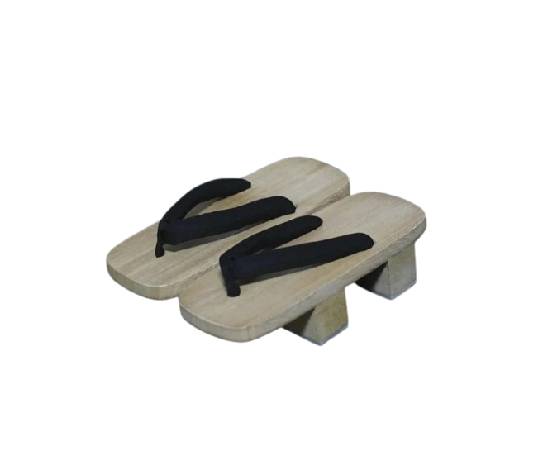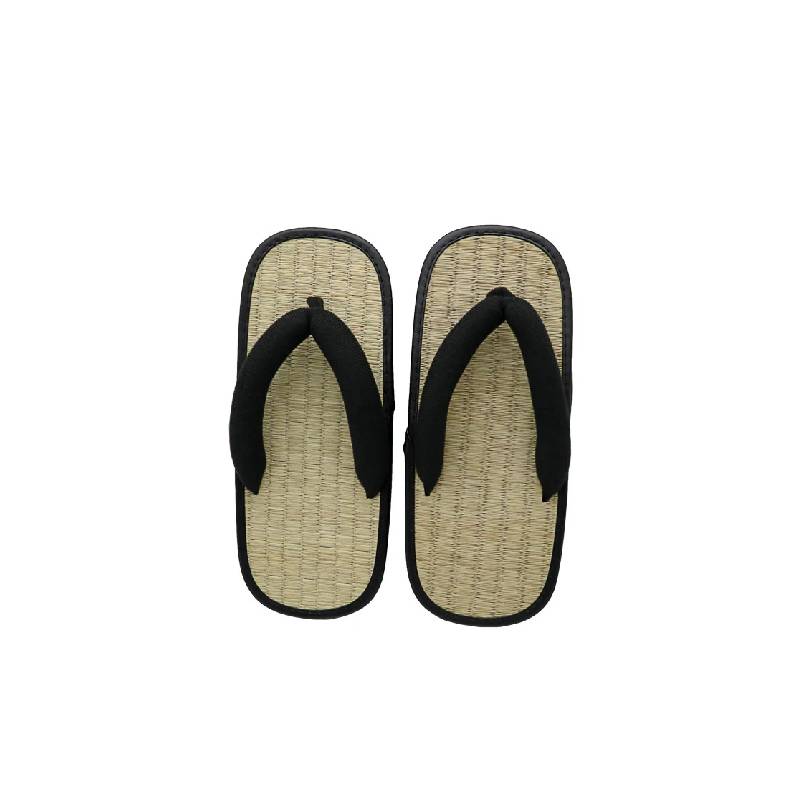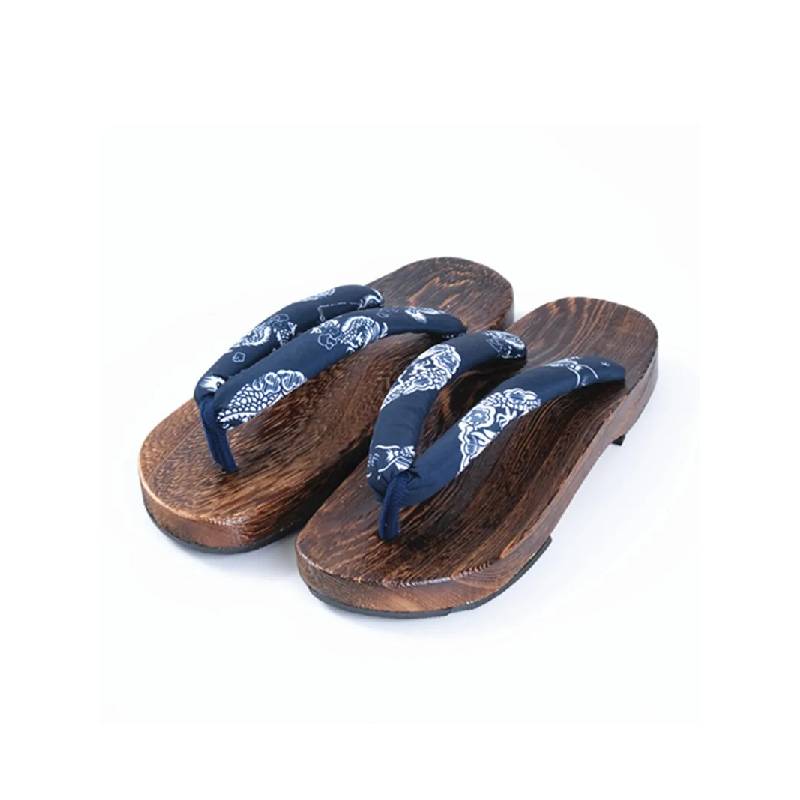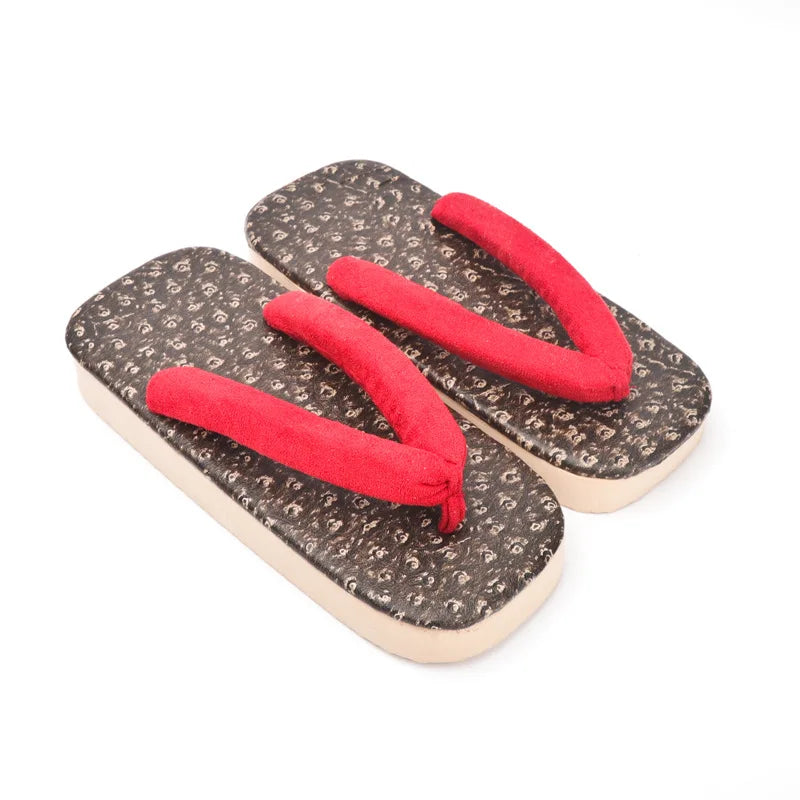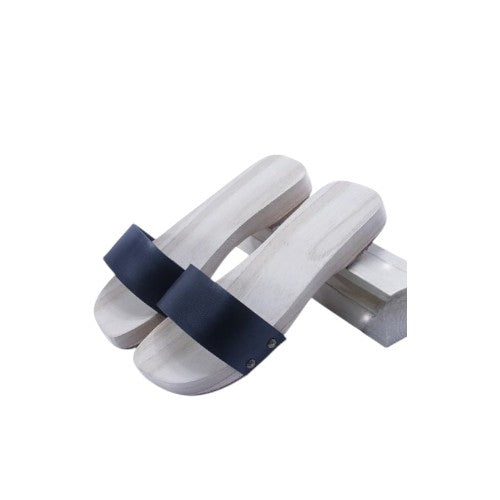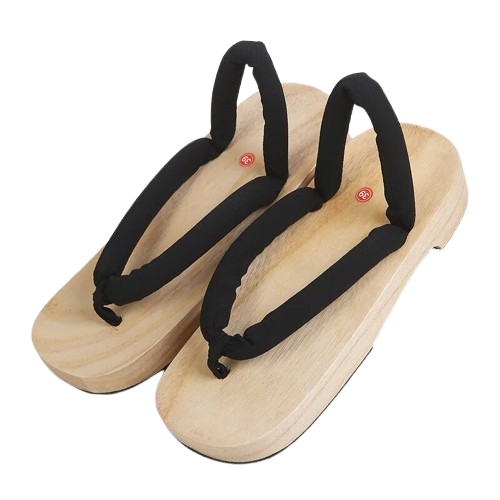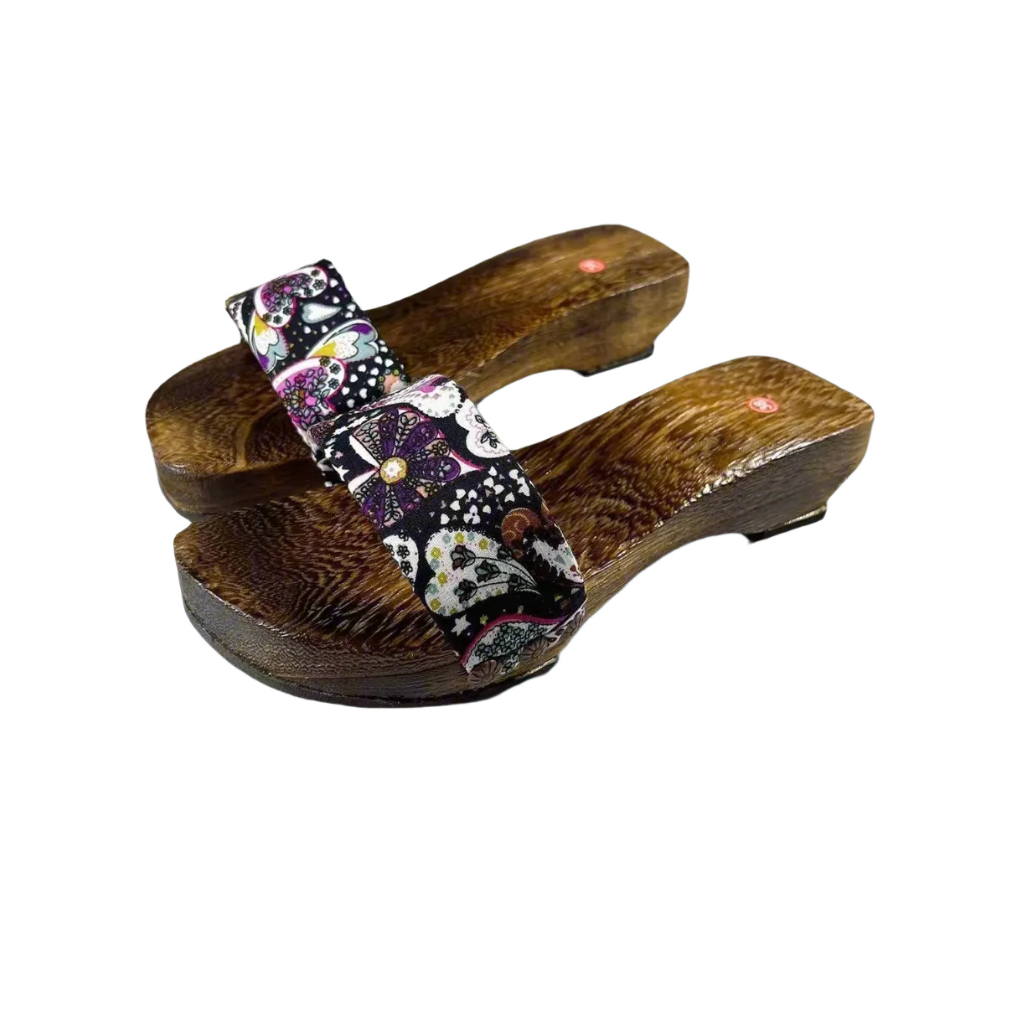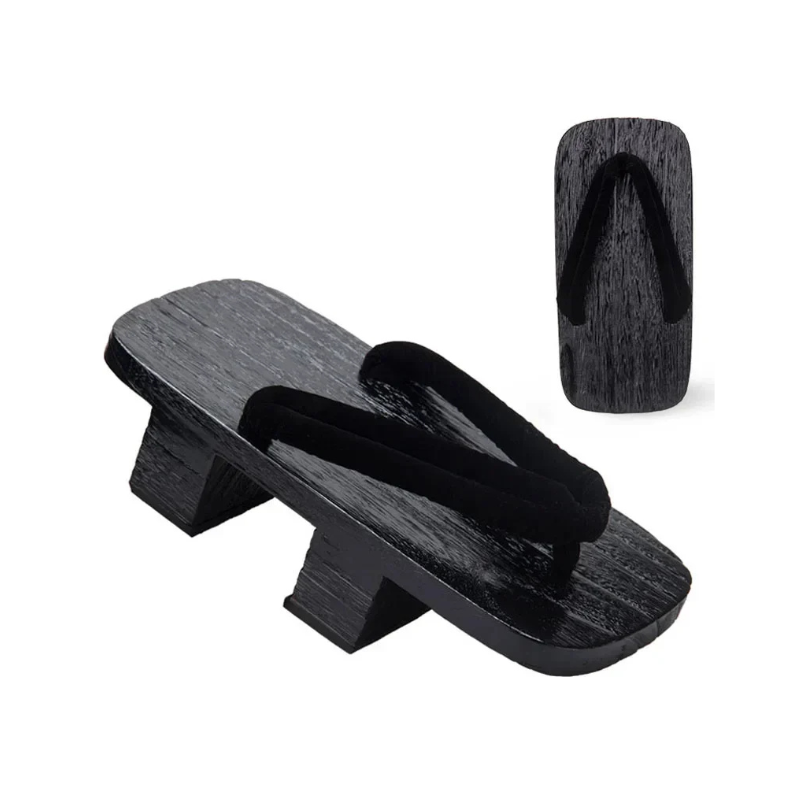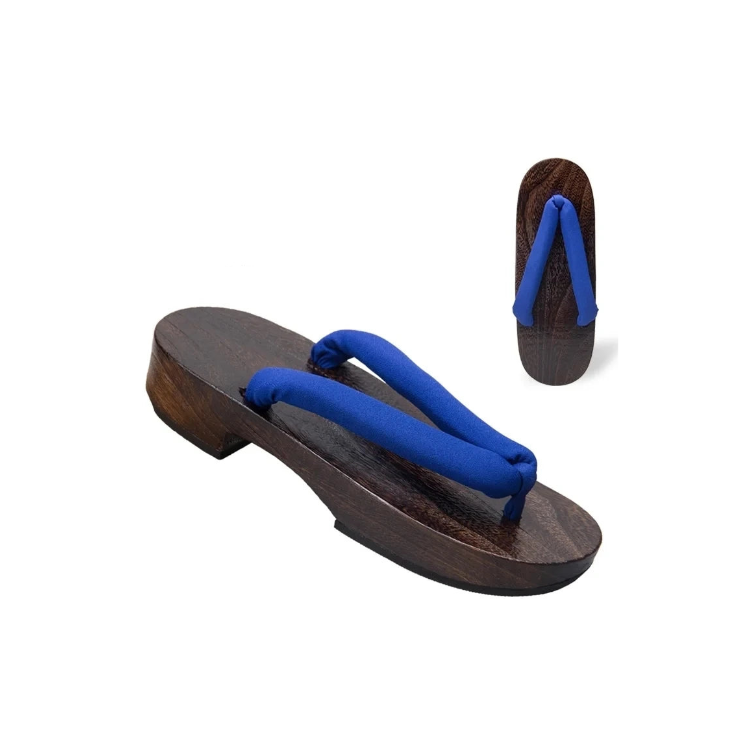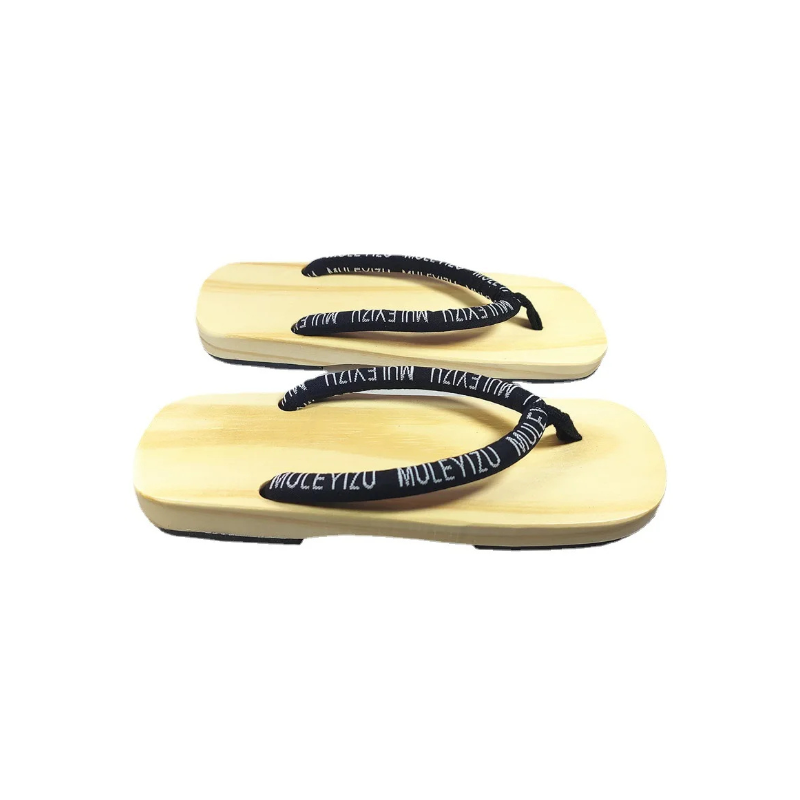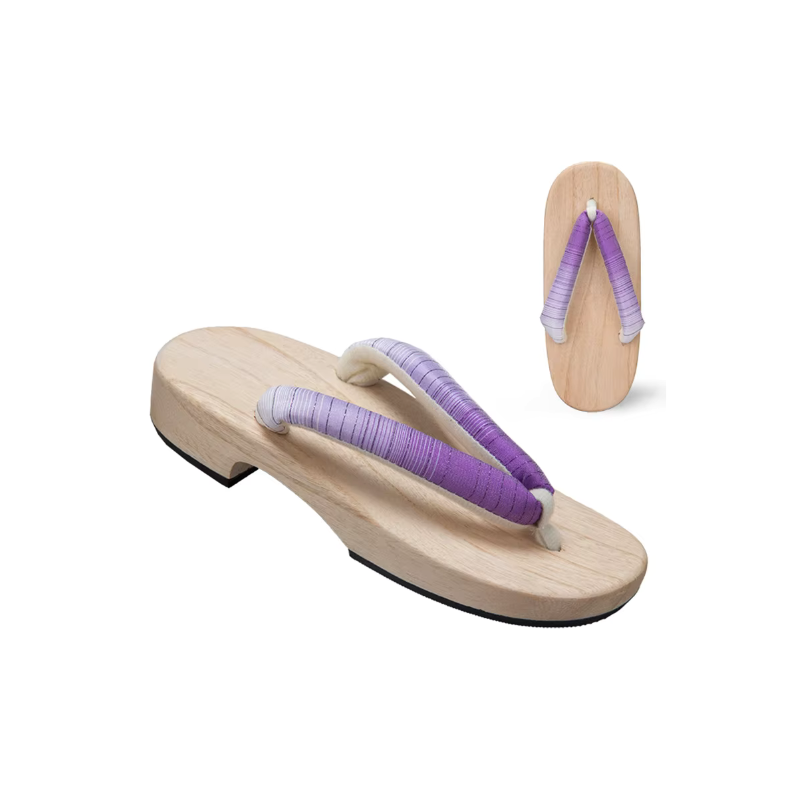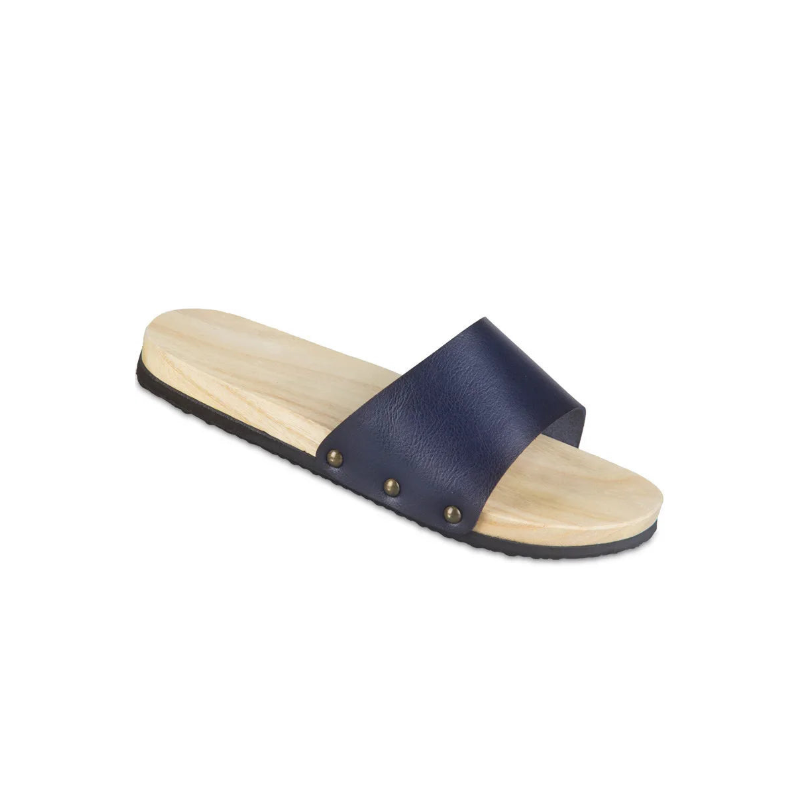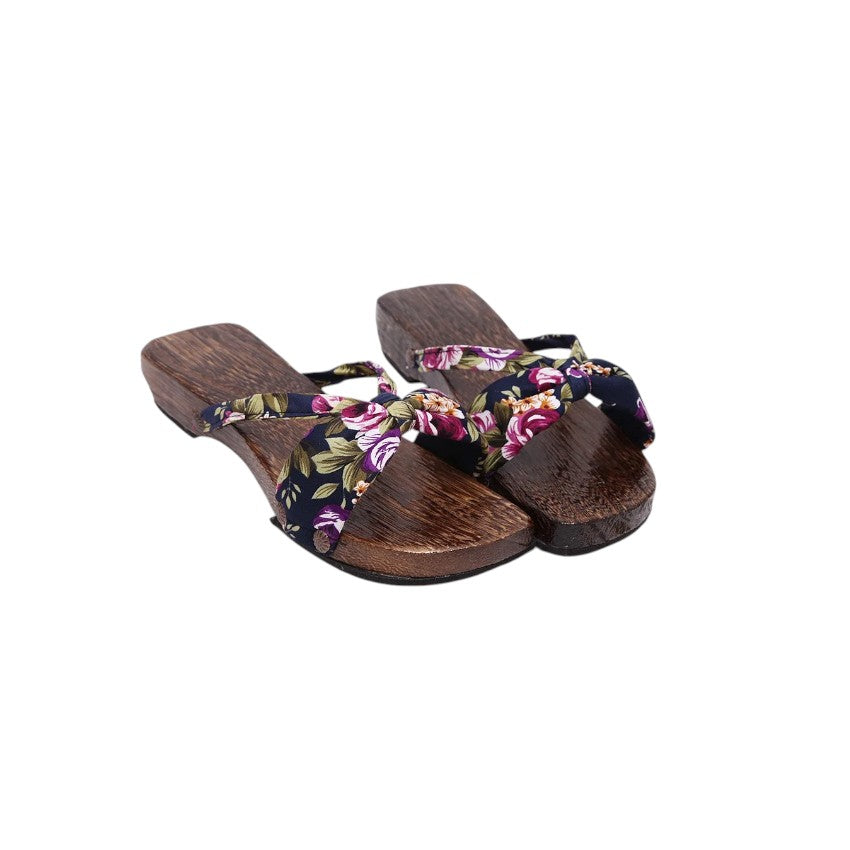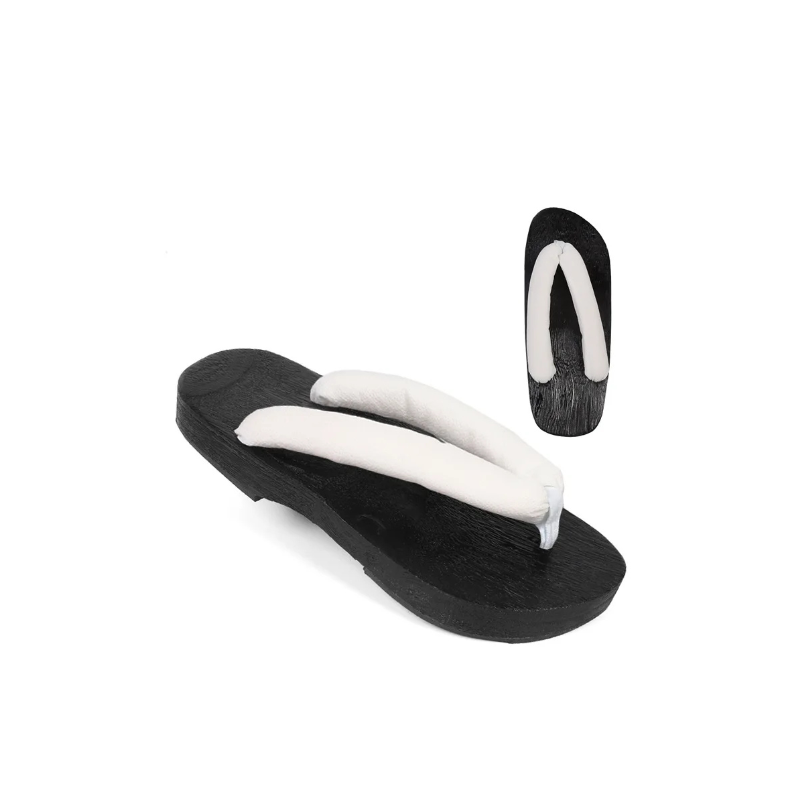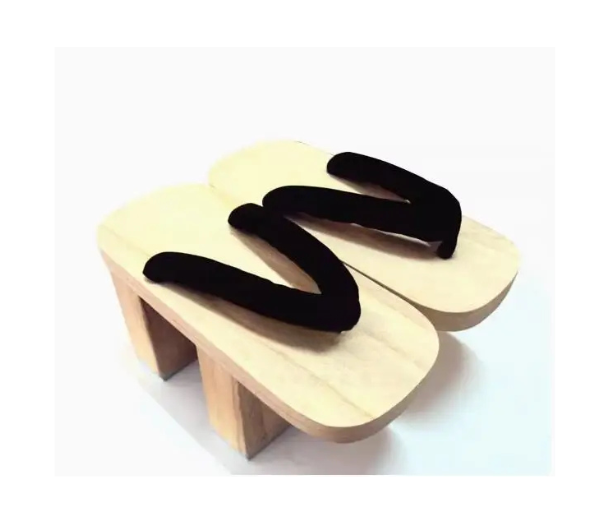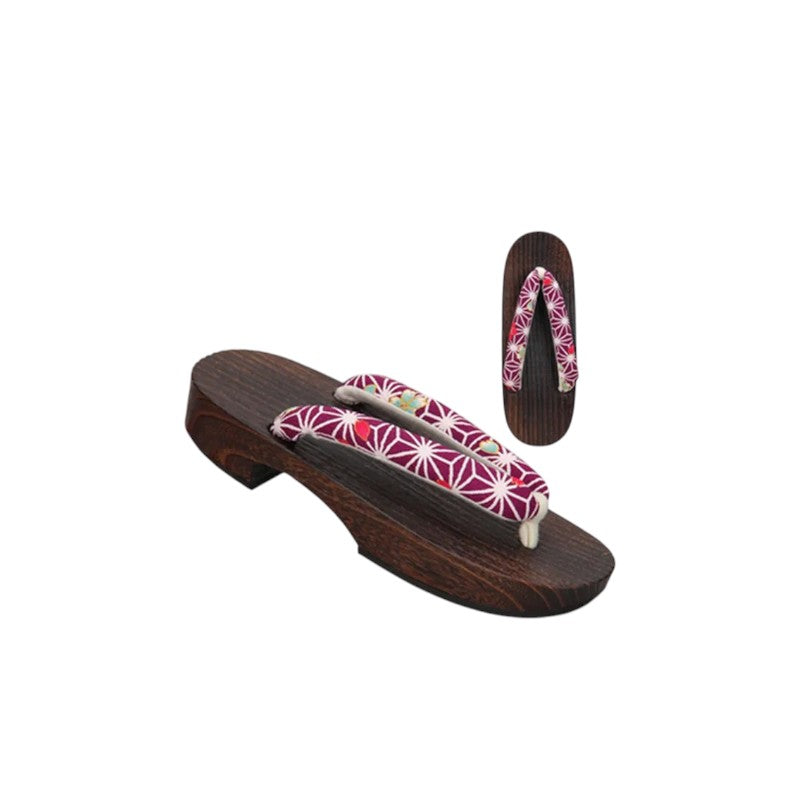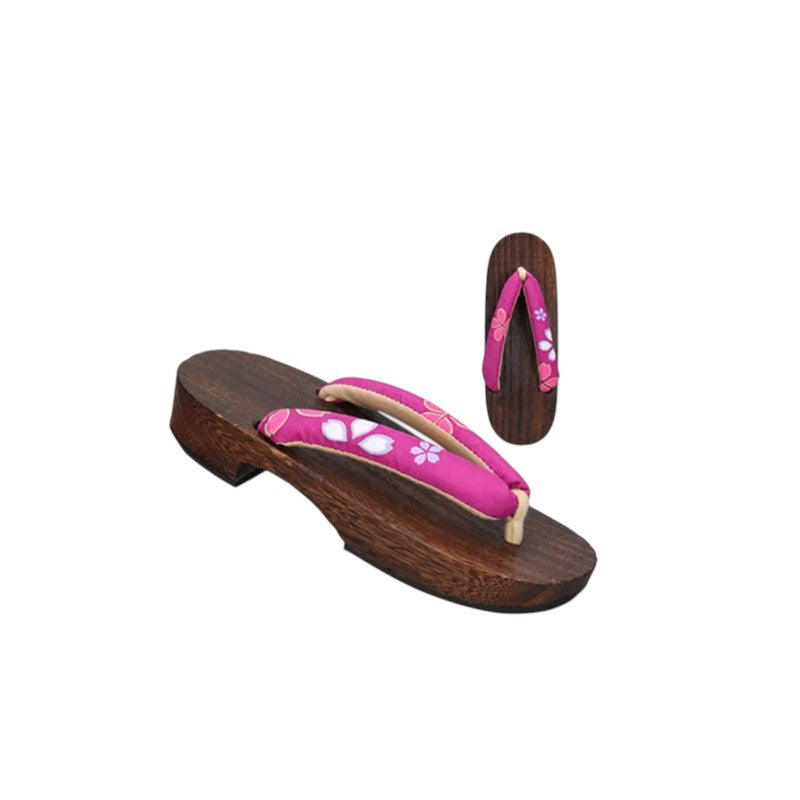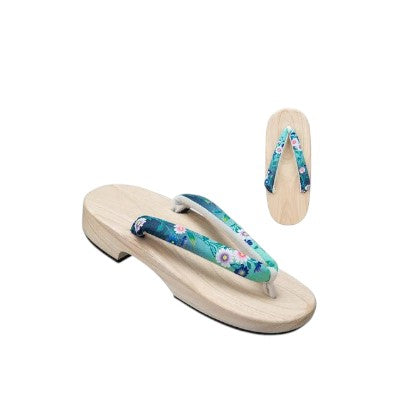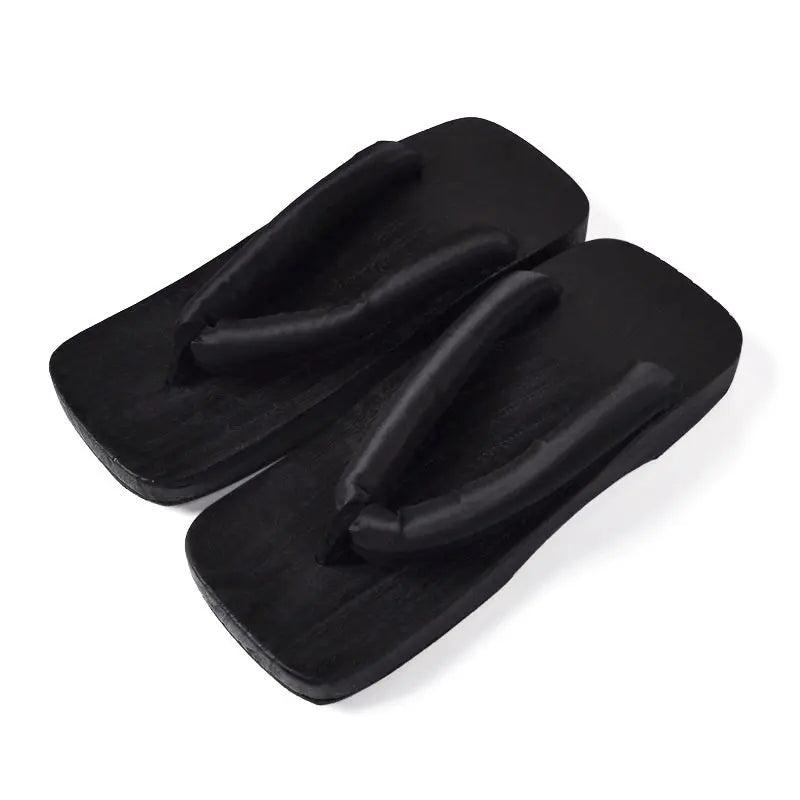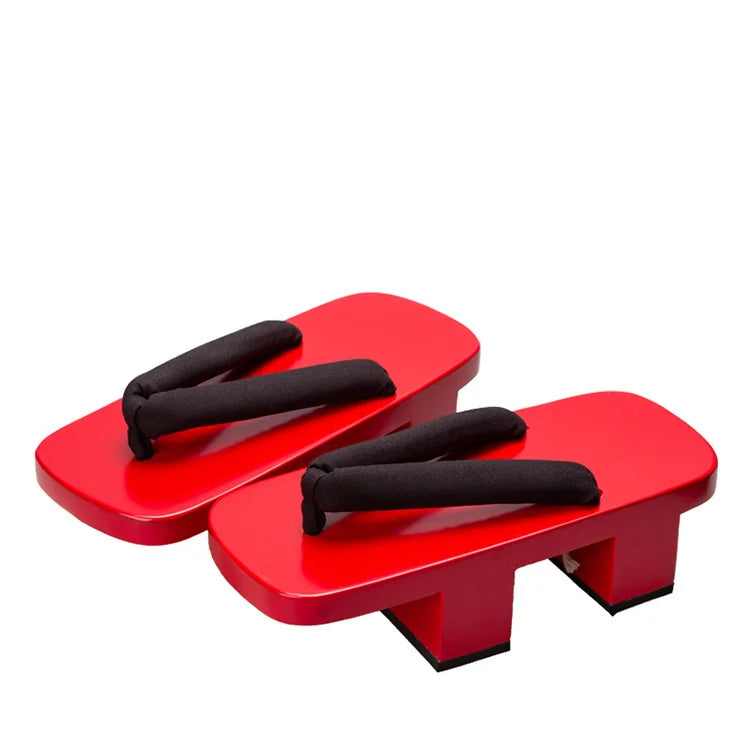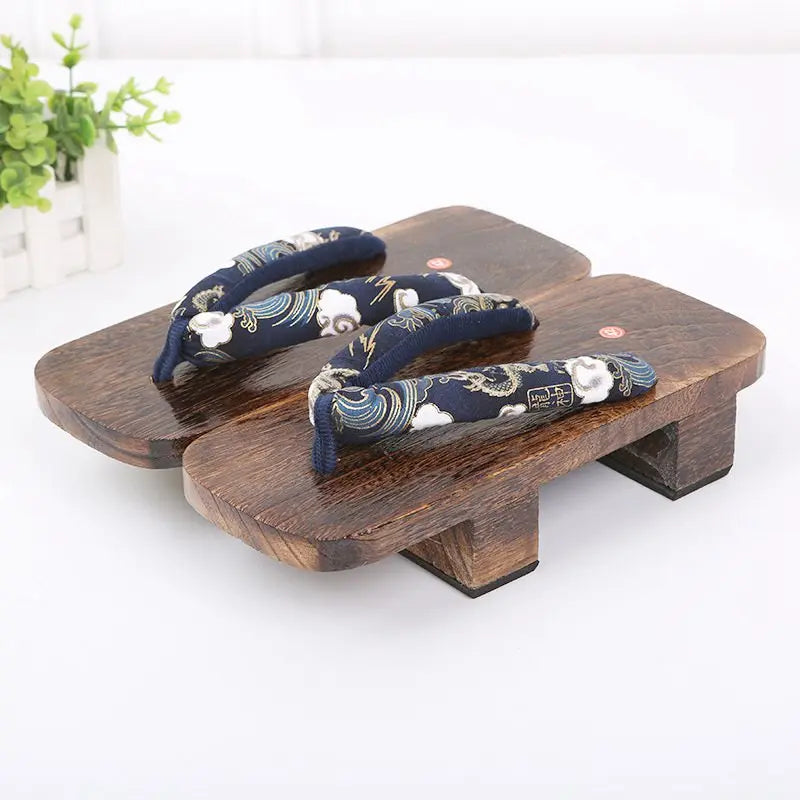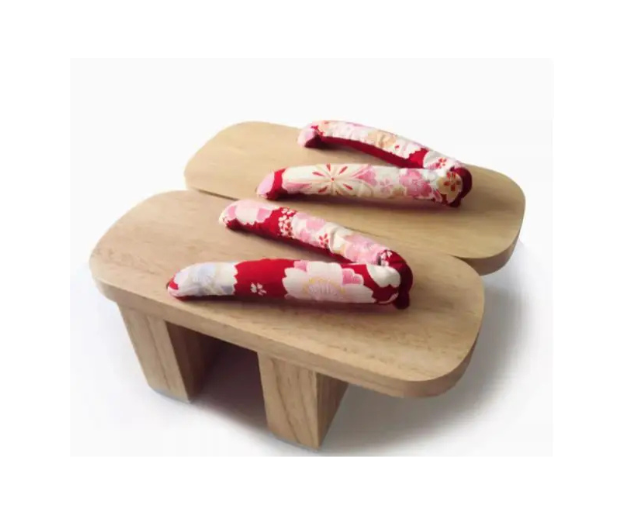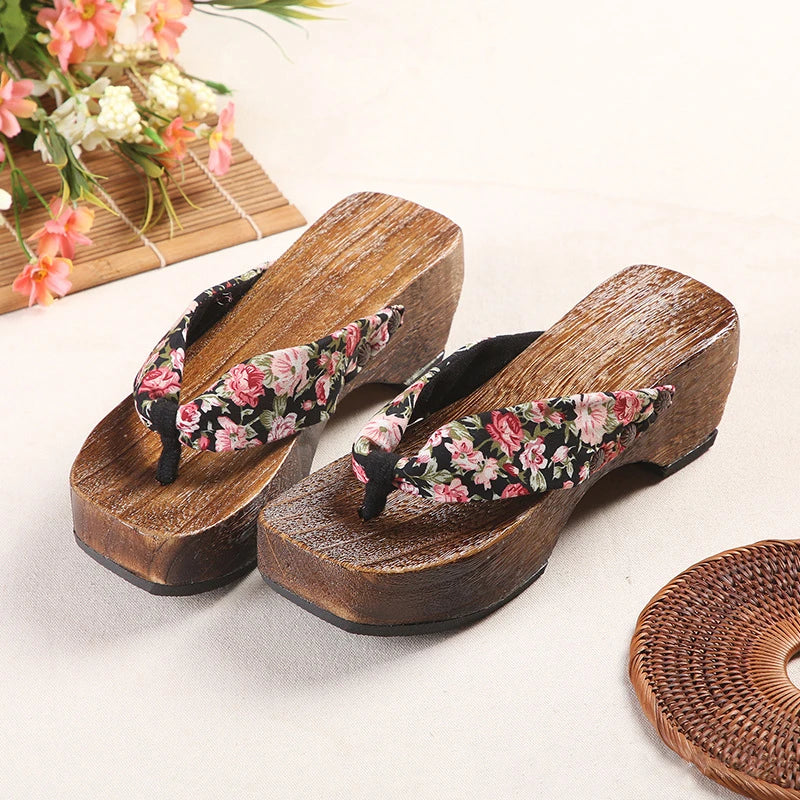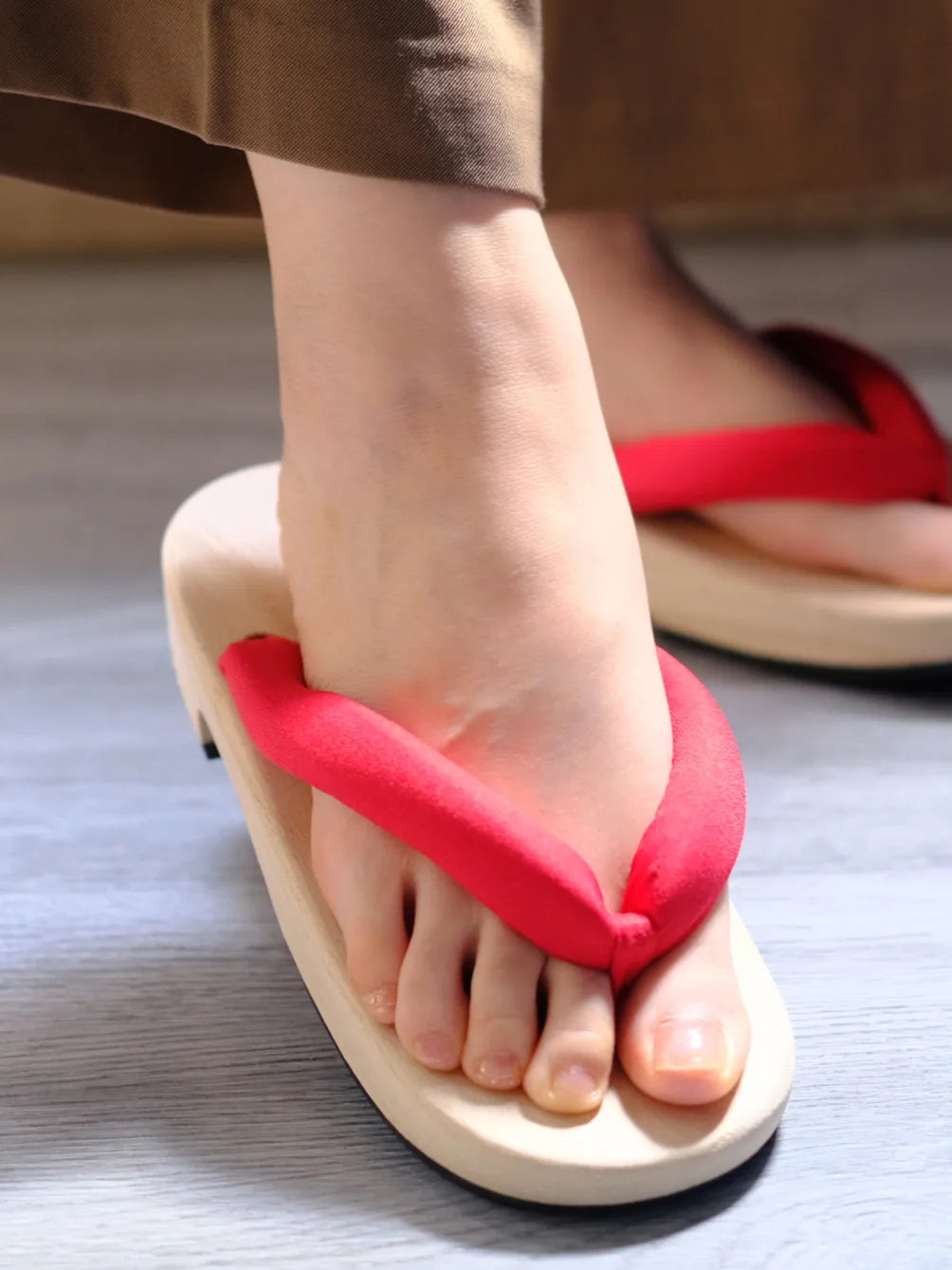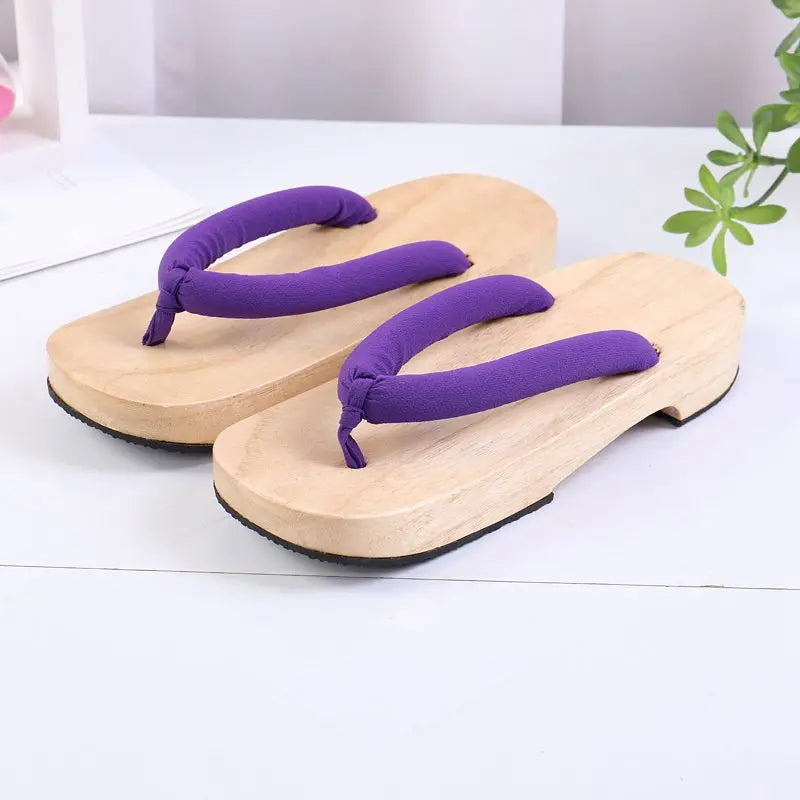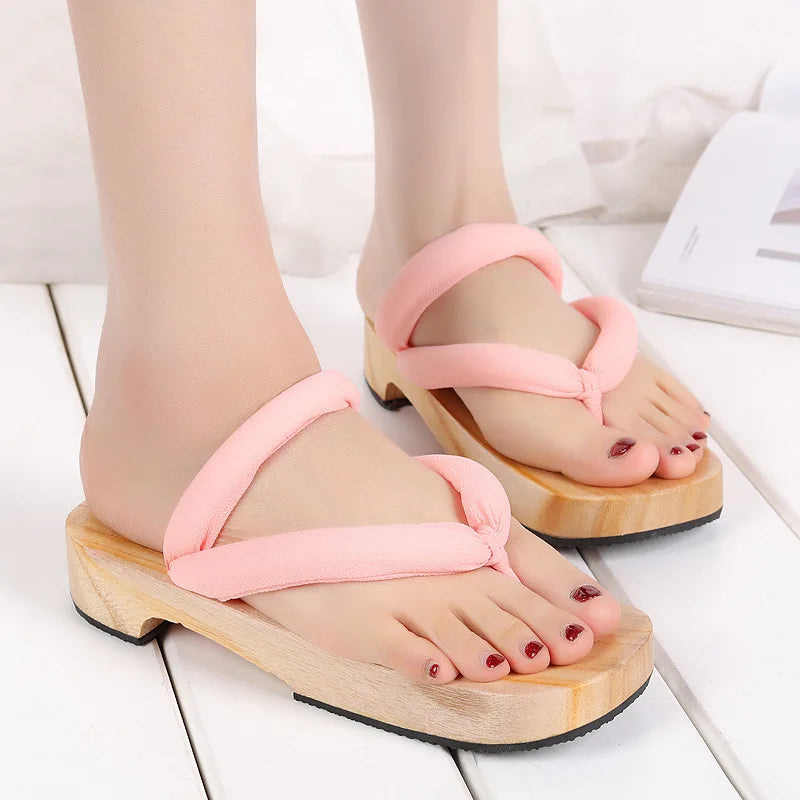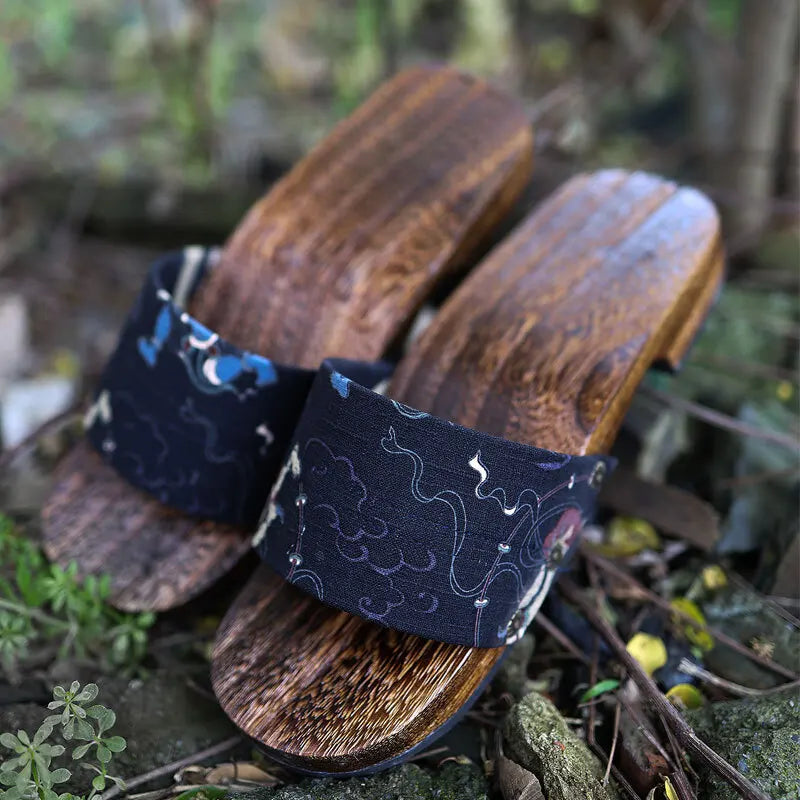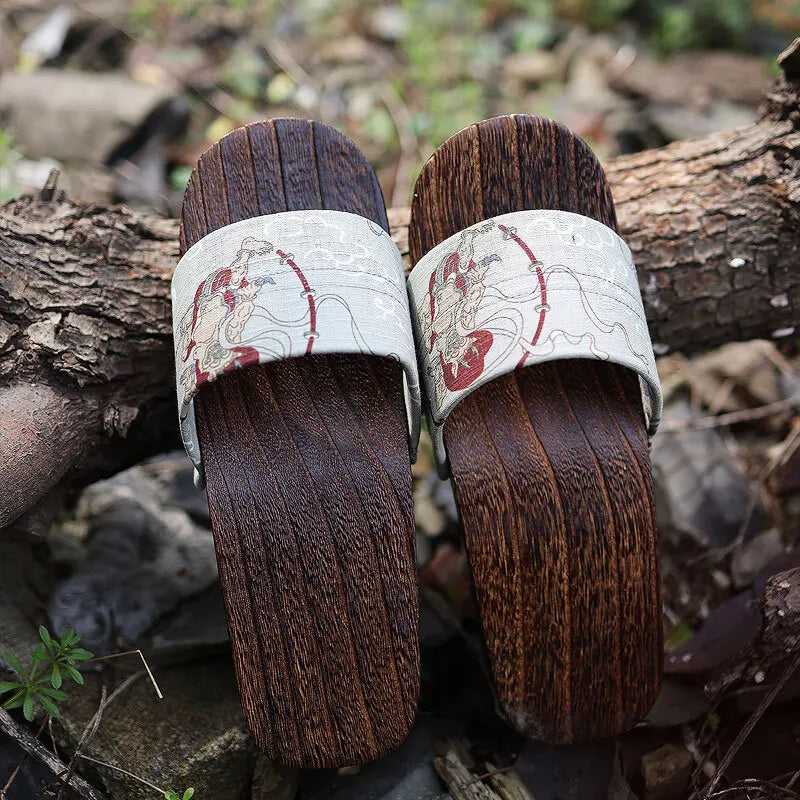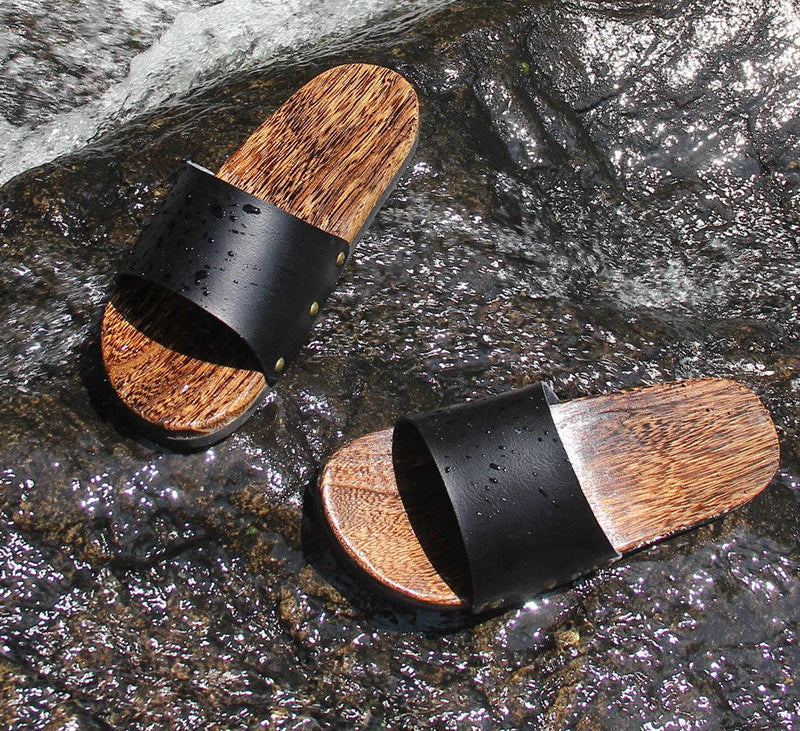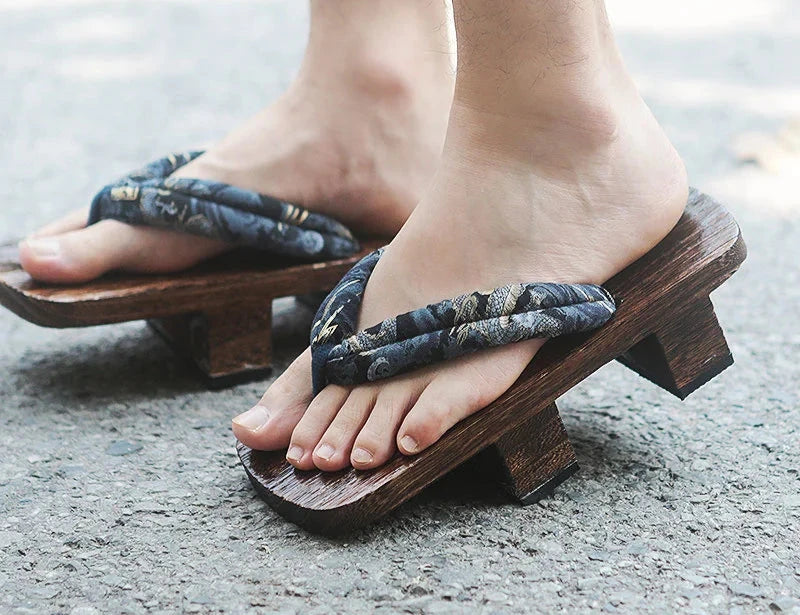Dare to discover the Geta and its elegance in this collection. A pure product of traditional Japan that will allow you to walk with unparalleled comfort. To complete your typical Japanese outfit, you can visit our collection on Japanese accessories , to discover each of its mysteries.
The history of the Japanese geta and its evolution over time
The Japanese geta is a traditional Japanese wooden shoe, worn for centuries with tabi socks or bare feet. Composed of a thick sole (dai) and two teeth (ha) that elevate the foot, it originally helped keep out mud and moisture. Its unique structure, with a fabric strap (hanao) between the toes, sets it apart from conventional sandals. Appearing during the Heian period, the geta is inspired by the Chinese platforms worn by the aristocracy , a symbol of distinction and refinement.
Over time, this Japanese wooden sandal has undergone many adaptations. Simple models were used by farmers in the rice fields, while geishas , samurai , or Buddhist monks wore versions adapted to their needs. Despite its decline after Japan's modernization, the geta remains present today at festivals and ceremonies in kimono or yukata. It symbolizes both traditional Japanese fashion and traditional Japanese fashion. and an art of living rooted in Japanese culture .
What are the different types of geta?
Much more than a simple wooden sandal, the Japanese geta comes in several forms, each with its own specific use or connection to a social class. All geta consist of a rigid sole (dai) and a fabric strap (hanao), but their design differs depending on the height, number of teeth (ha), and desired comfort. Some have two teeth, others only one, or even three, influencing stability and walking style. Finishing touches sometimes include a non-slip rubber coating for added safety and discretion.
Here are some types of traditional Japanese geta:
-
Hiyori geta : classic two-pronged model, for everyday use.
-
Ama geta : waterproof version for rainy days.
-
Bankara geta : interchangeable teeth, often worn by students.
-
Tengu geta : a single central tooth, requiring balance and agility.
-
Okobo : high hollowed-out sandals, worn by maiko (apprentice geishas).
-
Oiran geta : very tall with three teeth, associated with old courtesans.
-
Ukon geta : modernized and comfortable, ideal for indoor use.
Why choose the geta?
A living symbol of Japanese culture , geta have emerged today as a unique alternative to modern footwear. In addition to their refined design and strong cultural roots , Japanese geta offer several practical and physiological advantages. The table below presents the advantages that make this shoe an interesting choice for everyday wear:
|
Advantage |
Explanation |
|
Improved posture |
The structure of the geta encourages walking upright, strengthening the back, legs and feet. |
|
Stimulated blood circulation |
Contact points under the foot activate circulation and reduce fatigue. |
|
Versatility and freedom of movement |
Easy to put on and suitable for all terrains, they will accompany you on all your outings. |
|
Self-expression |
Varied shapes, colors and materials to assert your personal style. |
|
Connection to tradition |
Wearing the geta is embracing a vibrant aspect of Japanese fashion and art. |
In short, choosing a pair of Japanese geta means combining well-being, elegance and attachment to a timeless tradition.
Now, if you have managed to improve your posture and look with a pair of geta, you can look like a real samurai by visiting our collection of Japanese katana which will allow you to use the real Japanese codes!




